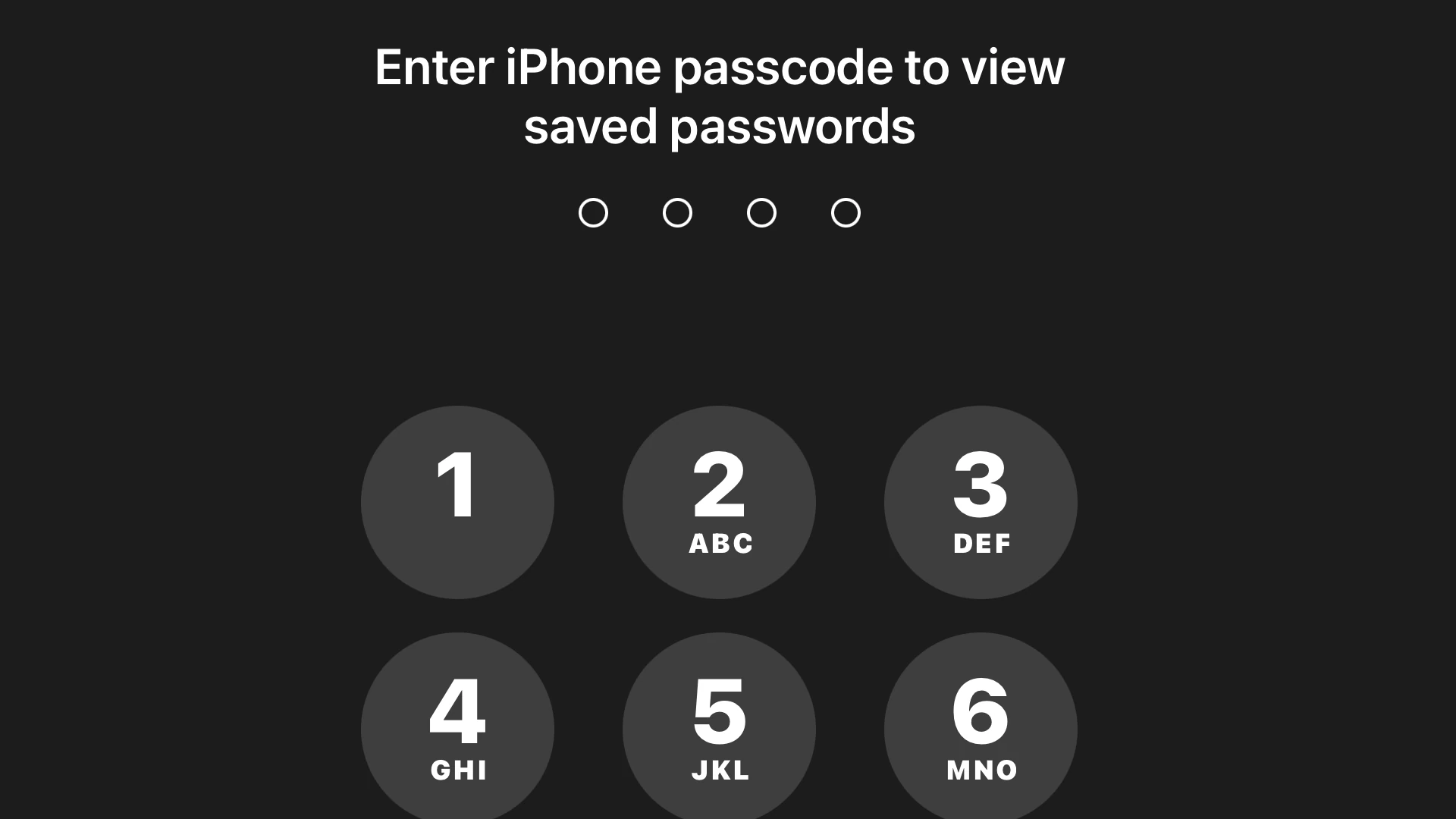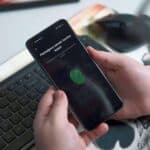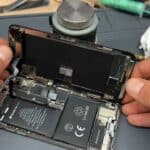Turning off the passcode on an iPhone can be a quick and simple process. To disable the passcode, open the Settings app, tap Face ID & Passcode, enter your current passcode, and select Turn Passcode Off. This action removes the security barrier that prevents unauthorized access to your device.
While disabling the passcode can make accessing your iPhone faster, it’s important to consider the security implications. Without a passcode, anyone who picks up your device can access your personal information, apps, and data. This includes emails, photos, and potentially sensitive financial information.
For users who find entering a passcode inconvenient, alternative security options exist. Face ID and Touch ID offer quick and secure ways to unlock your iPhone without the need for manual passcode entry. These biometric features maintain device security while providing swift access to your iPhone’s contents.
Turning Off Your iPhone Passcode
While using a passcode is generally recommended for security, you might have reasons to turn it off. Here’s how:
1. Open Settings:
- On your iPhone’s home screen, locate and tap the Settings app icon (it looks like a gear).
2. Navigate to Face ID & Passcode (or Touch ID & Passcode):
- Scroll down in the Settings menu and tap on Face ID & Passcode if you have an iPhone with Face ID, or Touch ID & Passcode if your iPhone has Touch ID.
3. Enter Your Current Passcode:
- You’ll be prompted to enter your current passcode to access these settings.
4. Turn Off Passcode:
- Tap on Turn Passcode Off.
- You’ll be asked to confirm that you want to turn off the passcode. Tap Turn Off again.
Important Considerations:
- Security Risk: Turning off your passcode makes your iPhone much less secure. Anyone who has access to your phone will be able to see all your data.
- Apple Pay: You won’t be able to use Apple Pay if you don’t have a passcode set.
- Lost or Stolen Device: If your iPhone is lost or stolen, someone could easily access your personal information without a passcode.
Alternative Security Options
If you’re concerned about forgetting your passcode or find it inconvenient to enter it frequently, consider these alternatives:
- Simpler Passcode: Instead of a complex alphanumeric passcode, use a simple 4-digit numeric code.
- Face ID/Touch ID: Utilize Face ID or Touch ID for quick and secure unlocking.
- Strong Passwords: Focus on using strong, unique passwords for your online accounts, which are often more valuable targets than your phone itself.
By weighing the convenience of not having a passcode against the potential security risks, you can make an informed decision that best suits your needs.
Key Takeaways
- Disabling the iPhone passcode is done through the Settings app
- Removing the passcode increases convenience but reduces security
- Face ID and Touch ID offer secure alternatives to passcode unlocking
Preparing to Disable Passcode
Disabling the passcode on an iPhone requires careful consideration and preparation. Users should understand the security implications, ensure they meet necessary requirements, and safeguard their personal information before proceeding.
Understanding Passcode Security
The iPhone passcode serves as a crucial security feature. It protects personal data, prevents unauthorized access, and enables additional security measures like Apple Pay. Without a passcode, the device becomes vulnerable to theft and data breaches.
Face ID and Touch ID provide convenient alternatives to entering a passcode, but they rely on the passcode as a backup. Removing the passcode disables these biometric features.
Passcodes also encrypt data on the device. This encryption safeguards information even if the iPhone is lost or stolen.
Requirements Before Turning Passcode Off
Users must know their current passcode to disable it. This prevents unauthorized individuals from removing security measures.
An active internet connection is necessary to verify the Apple ID password during the process.
For devices with Activation Lock enabled, users need their Apple ID and password.
It’s important to check if any work or school accounts require a passcode. Some organizations mandate passcodes for security reasons.
Backing Up Personal Information
Before disabling the passcode, create a backup of the iPhone. This preserves data in case of unexpected issues during the process.
Use iCloud or iTunes/Finder to make a full backup. iCloud offers wireless backups, while iTunes/Finder provides local backups on a computer.
Verify that the backup includes all essential data: contacts, photos, messages, and app data.
Consider enabling two-factor authentication for the Apple ID to maintain some security if the passcode is removed.
Disabling Passcode on Different iPhone Models
The process of turning off the passcode on an iPhone varies depending on the model. Newer iPhones with Face ID require different steps compared to older models with Touch ID.
Turning Off Passcode on iPhone SE, iPhone 8, or Earlier
To disable the passcode on iPhone SE, iPhone 8, or earlier models:
- Open the Settings app
- Tap “Touch ID & Passcode”
- Enter your current passcode
- Scroll down and tap “Turn Passcode Off”
- Confirm your choice by tapping “Turn Off”
- Enter your Apple ID password if prompted
This process removes the passcode protection from the device. Users should consider the security implications before proceeding. Disabling the passcode also turns off Touch ID and Apple Pay features.
Turning Off Passcode on iPhone X or Later
For iPhone X and newer models with Face ID:
- Go to Settings
- Select “Face ID & Passcode”
- Input your current passcode
- Tap “Turn Passcode Off”
- Confirm by tapping “Turn Off”
- Provide your Apple ID password if asked
Removing the passcode on these devices disables Face ID functionality. It’s important to note that this action may affect other security features tied to Face ID, such as Apple Pay and app authentication.
Addressing Common Issues when Disabling Passcode
Users may encounter several issues when trying to turn off their iPhone passcode:
- Greyed out passcode option: This could be due to Screen Time restrictions or MDM software from work or school.
- Forgotten passcode: If the current passcode is unknown, users may need to restore their iPhone using iTunes or Finder.
- Failed attempts: Too many incorrect passcode entries can lock the iPhone, requiring a restore.
To resolve these issues:
- Check for and disable Screen Time restrictions
- Contact IT department if device is managed by MDM
- Use recovery mode to restore the iPhone if passcode is forgotten
It’s crucial to remember that disabling the passcode reduces device security. Users should weigh the convenience against potential risks before proceeding.
Frequently Asked Questions
Disabling the passcode on an iPhone involves navigating through settings and confirming security measures. The process may vary slightly depending on the iPhone model and iOS version.
How can I disable the passcode on an iPhone 11?
To turn off the passcode on an iPhone 11, go to Settings. Tap “Face ID & Passcode” and enter the current passcode. Scroll down and select “Turn Passcode Off”. Confirm the action by tapping “Turn Off” and enter the Apple ID password if prompted.
What are the steps to remove the passcode from an iPhone 12?
Removing the passcode from an iPhone 12 follows a similar process to the iPhone 11. Open Settings, tap “Face ID & Passcode”, and enter the current passcode. Select “Turn Passcode Off” and confirm the choice. Enter the Apple ID password to complete the process.
How do you turn off Touch ID and passcode on an iPhone?
To disable Touch ID and passcode, open Settings. Tap “Touch ID & Passcode” and enter the current passcode. Scroll down and tap “Turn Passcode Off”. Confirm the action and enter the Apple ID password if required. Touch ID will automatically deactivate when the passcode is removed.
Why is the option to ‘Turn Passcode Off’ greyed out on my iPhone?
The “Turn Passcode Off” option may be greyed out due to corporate policies or restrictions. This often occurs on company-managed devices or when certain security features are enabled. Check with the IT department or review device management settings to resolve this issue.
What is the process to remove the security lock from my iPhone if I don’t have the Apple ID password?
Removing a security lock without the Apple ID password is challenging. Users can try resetting the Apple ID password through the official Apple website. If unsuccessful, contacting Apple Support or visiting an Apple Store with proof of ownership may be necessary.
How can I get rid of the lock symbol on my iPhone screen?
The lock symbol typically indicates a locked screen. To remove it, simply unlock the device using Face ID, Touch ID, or the passcode. If the symbol persists after unlocking, restart the iPhone. For persistent issues, check for software updates or consult Apple Support.






